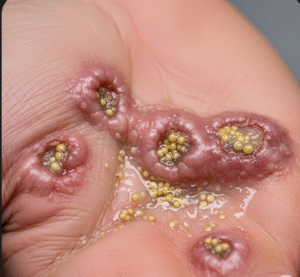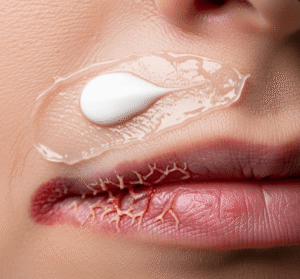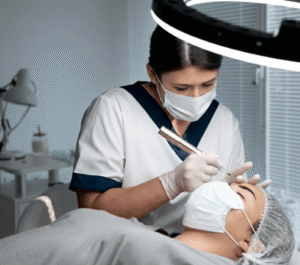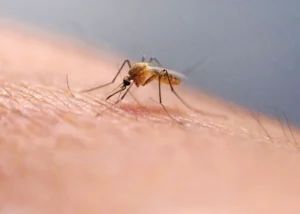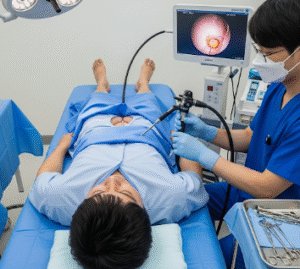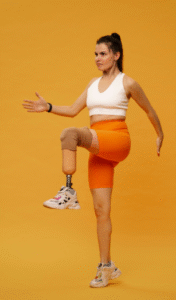What It Is
Auricular reconstruction after Mohs surgery is a procedure that restores the form and function of the ear following removal of skin cancer (commonly basal cell carcinoma or squamous cell carcinoma). Mohs surgery ensures complete removal of cancer but can leave defects involving ear skin, cartilage, or the ear rim, which may affect both appearance and function.
In Korea, auricular reconstruction is performed by plastic and reconstructive surgeons using advanced methods such as skin grafts, local flaps, cartilage grafting, and staged reconstruction to restore the ear’s natural contour and symmetry.
Why It’s Done
Patients undergo auricular reconstruction after Mohs surgery because:
- Cancer excision has left a visible defect in the ear.
- Cartilage support and ear shape are compromised.
- They want to restore symmetry and natural aesthetics.
- Ear reconstruction helps maintain hearing function and comfort when wearing glasses or masks.
Good candidates include:
- Patients who have completed Mohs surgery for ear skin cancer.
- Individuals in good health without uncontrolled medical conditions.
- Those with realistic expectations about healing and scarring.
Alternatives
- Secondary intention healing: Allowing wounds to heal naturally, but this may lead to contraction and deformity.
- Skin grafts alone: Suitable for small, superficial defects but less effective for maintaining ear structure.
- No reconstruction: Rarely chosen due to cosmetic and functional concerns.
Preparation
Before auricular reconstruction in Korea, patients will:
- Have a consultation and defect evaluation (skin, cartilage, and ear rim involvement).
- Stop smoking and alcohol 2–4 weeks before surgery.
- Avoid blood-thinning medications and supplements.
- Undergo imaging if deeper tissue or cartilage involvement is suspected.
How It’s Done
- Anesthesia: Local anesthesia with sedation or general anesthesia.
- Techniques vary depending on defect size and location:
- Primary closure: Direct suturing for very small defects.
- Skin grafts: Taken from behind the ear or other donor sites for superficial coverage.
- Local flaps (Antia-Buch flap, rotation or advancement flaps): For partial ear rim or helix reconstruction.
- Cartilage grafting: From the ear, rib, or septum to restore ear framework.
- Staged reconstruction: For large or complex cases requiring multiple procedures.
- Duration: 1–4 hours depending on complexity.
Recovery
- First week: Swelling, bruising, and mild discomfort are expected; dressings are applied.
- Return to activities: Light activities in 5–7 days; strenuous exercise avoided for 3–4 weeks.
- Final results: Restored ear contour and symmetry achieved within 1–3 months.
Possible Complications
- Asymmetry or uneven contour.
- Partial graft or flap loss.
- Infection or delayed healing.
- Visible scarring.
- Rare risks: keloid formation, especially in patients prone to thick scarring.
Treatment Options in Korea
Diagnosis
Korean specialists use clinical examination, dermatoscopy, and histopathology from Mohs surgery to plan reconstruction based on the size and depth of the defect.
Medical Treatments
- Ointments and dressings for very small superficial wounds.
- Scar care management for early-stage scars.
Surgical or Advanced Therapies
- Primary closure for small ear defects.
- Skin grafting for superficial coverage.
- Local flap techniques (Antia-Buch, rotation, transposition) for moderate defects.
- Cartilage grafting or staged reconstruction for large, complex cases.
Rehabilitation and Support
- Scar management with silicone gels or fractional laser.
- Long-term follow-up to ensure both function and cosmetic outcome.
- Guidance on ear protection, including avoiding trauma or sun exposure.
- International patients benefit from Korea’s advanced reconstructive microsurgery, aesthetic precision, and discreet aftercare services.



